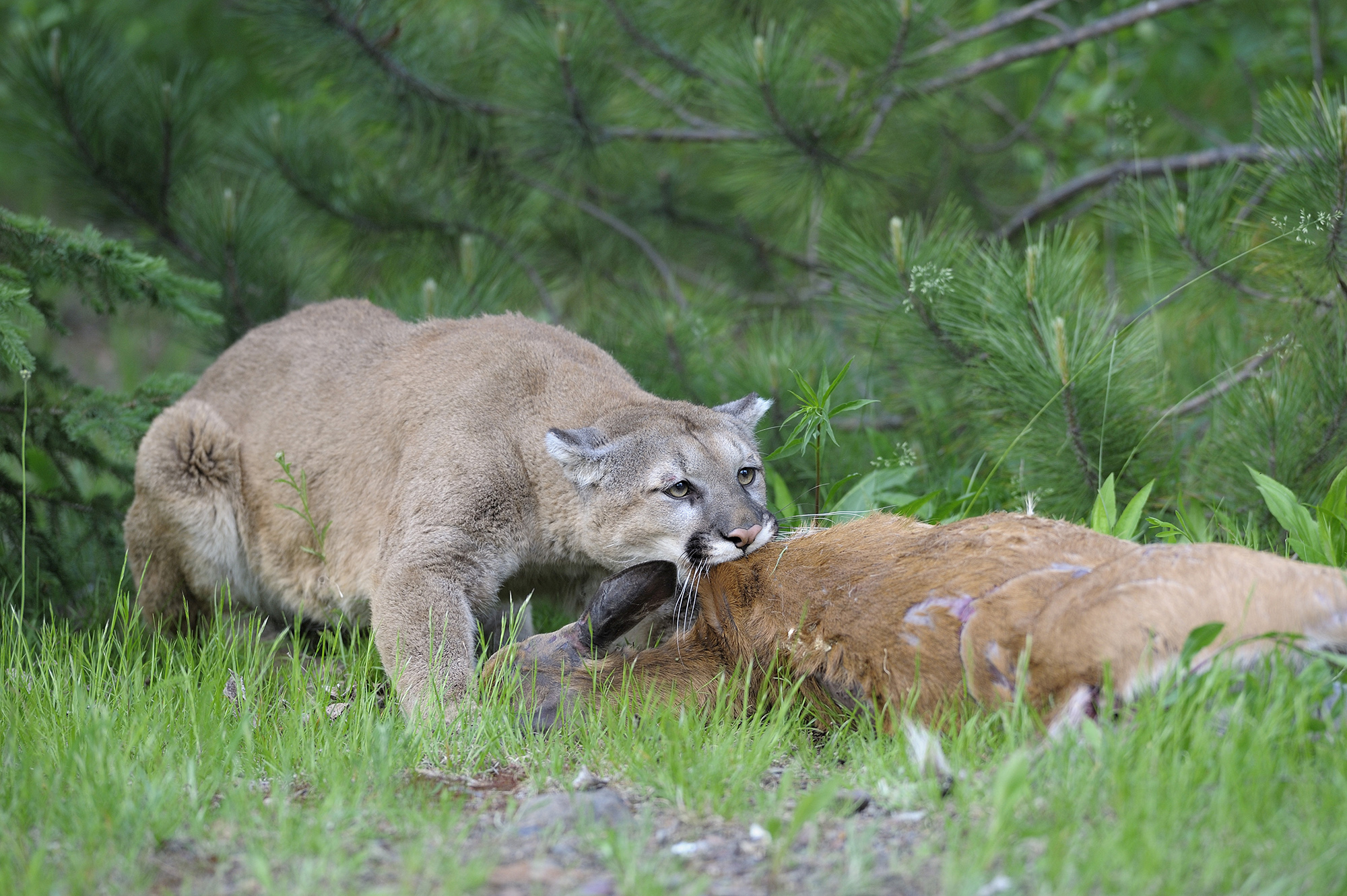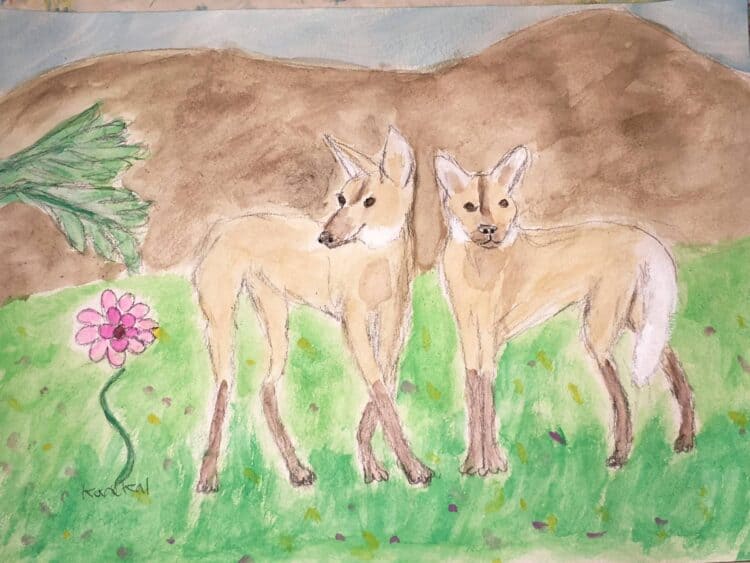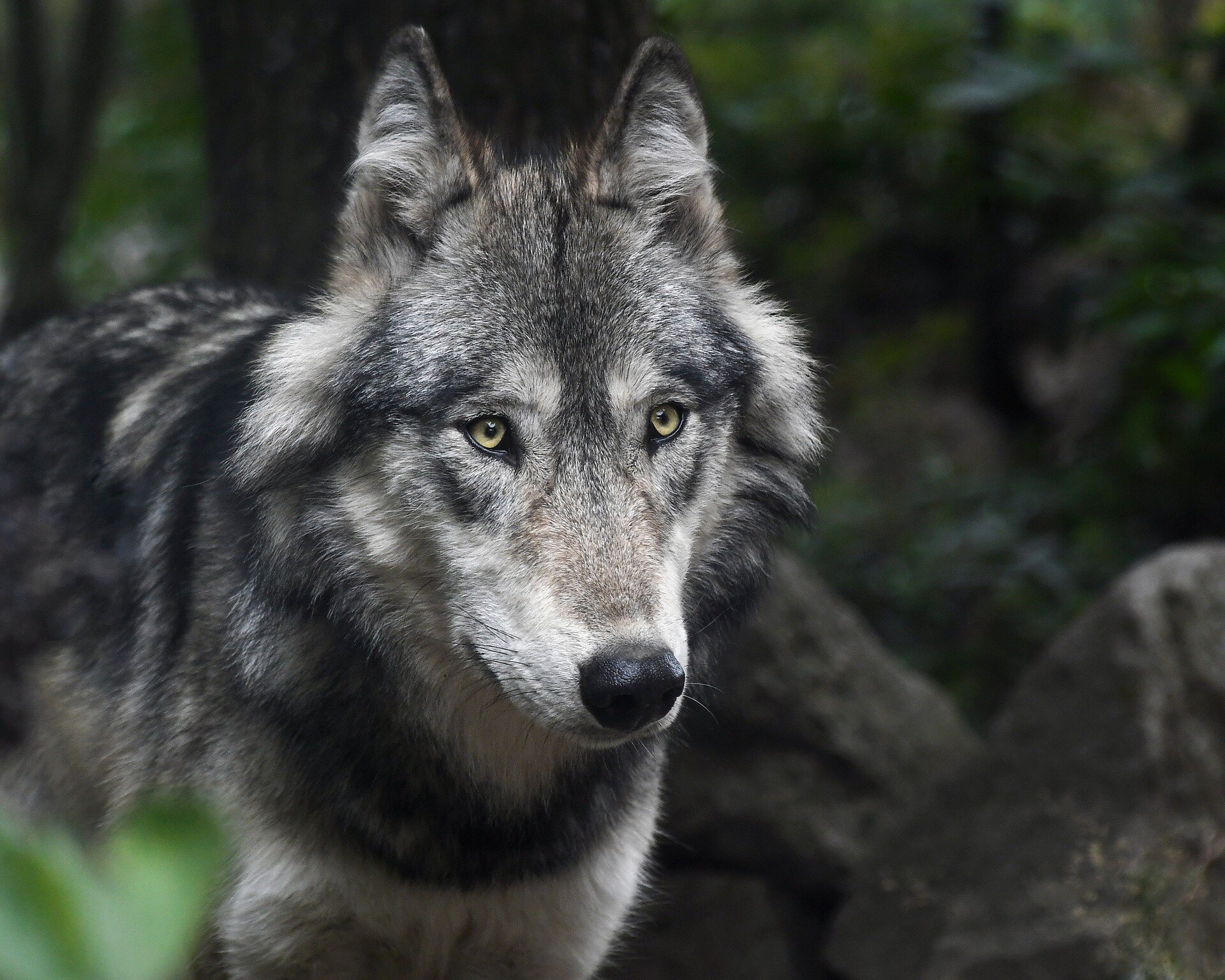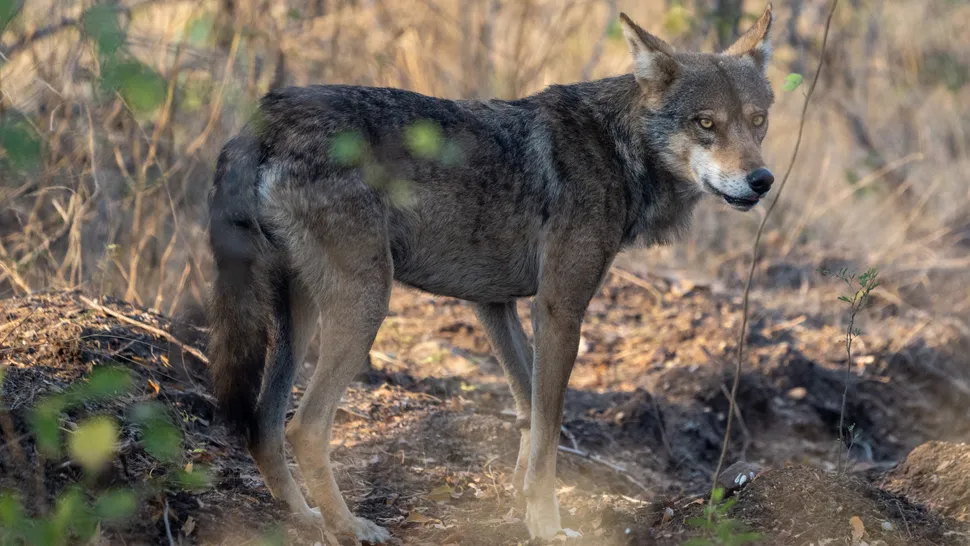SANTA FE, N.M. (AP) – An exceptionally restless female Mexican gray wolf nicknamed Asha will be held in captivity with a potential mate through another breeding season in hopes of aiding the recovery of the species, the U.S. Fish and Wildlife Service said Thursday.
Asha captivated the public imagination after she was found wandering far beyond the boundaries established along the Arizona-New Mexico border for managing the rarest subspecies of gray wolf in North America. She has twice been captured north of Interstate 40, most recently in December 2023 near Coyote, New Mexico, and the Valles Caldera National Preserve.
U.S. Fish and Wildlife Service spokesperson Aislinn Maestas said the wolf, known to wildlife biologists as F2754, has shown signs of bonding and breeding activity with a captive-born male, though so far without producing pups. The hope is that the pair may be released with pups, depending on the outcome of a February-May 2025 breeding period.
“Our hope is that they will now spend enough time together” to produce offspring, Maestas said.
Some environmentalists say there´s more to be gained by freeing Asha and her mate to roam.
“We should embrace the opportunity to make new scientific discoveries by allowing wolves to teach us, rather than continuing to disrupt and control their lives,” said Claire Musser, executive director of the Grand Canyon Wolf Recovery Project, which advocates for public support to restore wolf populations.
Prior to her capture last year, Asha ventured into the Jemez Mountains of northern New Mexico. At the time, nearly two dozen environmental groups sent a letter to state and federal officials saying that the wolf´s movements were evidence that the recovery boundaries are insufficient to meet the needs of the expanding population.
The Fish and Wildlife Service noted that the wolf, born in 2021, had wandered into territory where there are no other wolves to breed with.
Ranchers in New Mexico and Arizona who have long complained that wolves are responsible for dozens of livestock deaths every year are concerned about any expansion of the wolves´ range.
This article was first published by The Daily Mail on 26 July 2024. Lead Image: This June 7, 2023, image provided by the U.S. Fish and Wildlife Service shows the female Mexican gray wolf F2754 during a health check before being released into the wild in southeastern Arizona. The exceptionally restless female Mexican gray wolf nicknamed Asha will be held in captivity with a potential mate through another breeding season in hopes of aiding the recovery of the species, the U.S. Fish and Wildlife Service said Thursday, July 25, 2024. (Aislinn Maestas/U.S. Fish and Wildlife Service via AP, File).
What you can do
Help to save wildlife by donating as little as $1 – It only takes a minute.







Leave a Reply